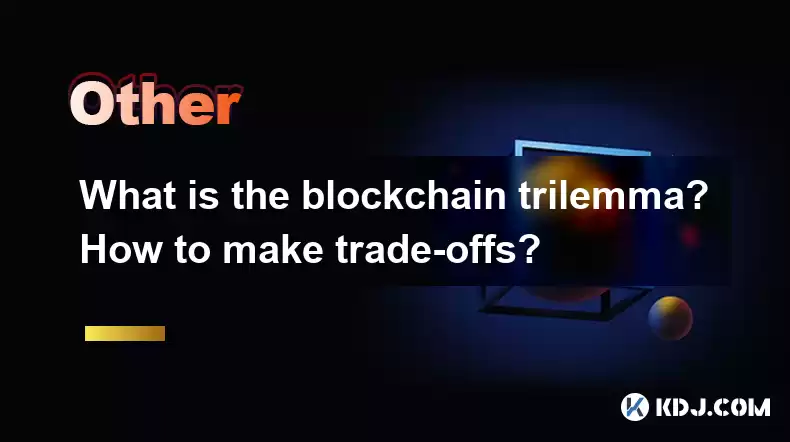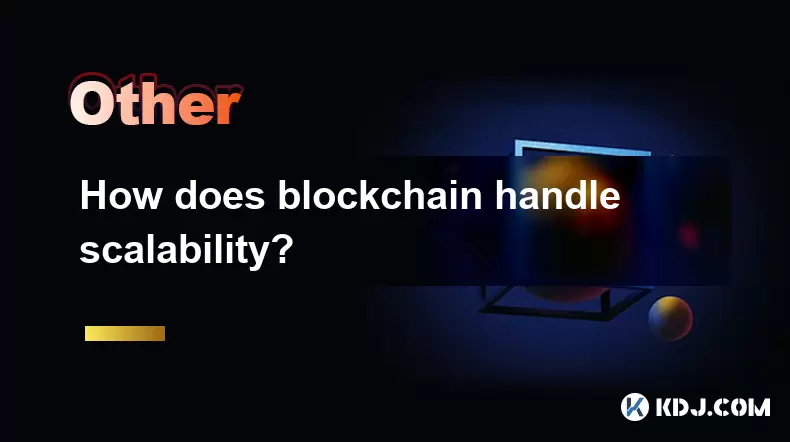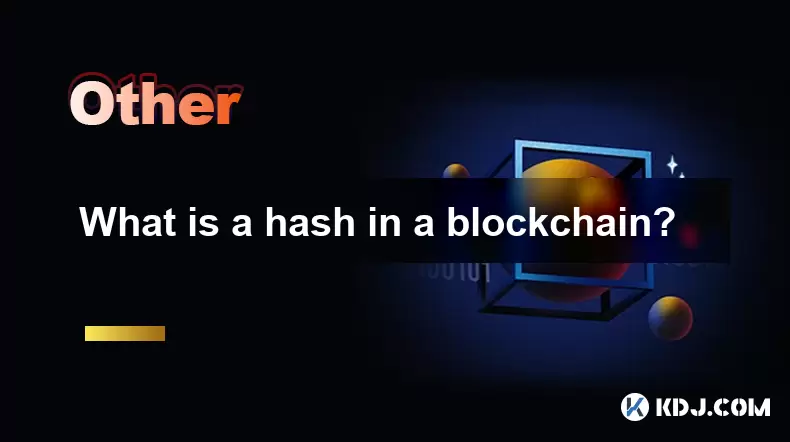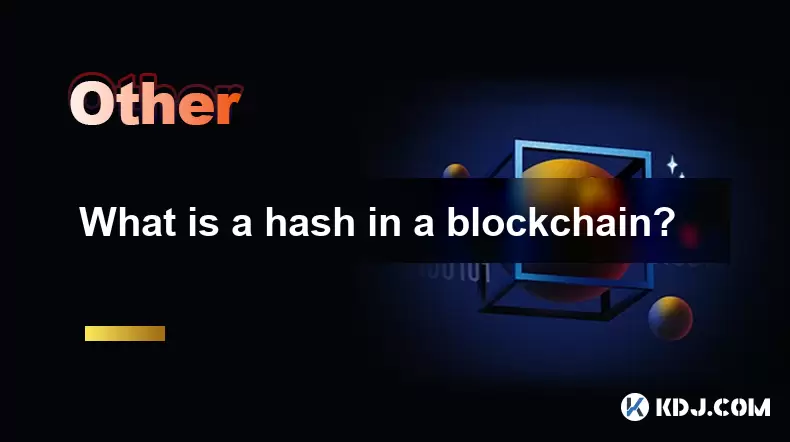-
 Bitcoin
Bitcoin $113900
-1.39% -
 Ethereum
Ethereum $3517
-4.15% -
 XRP
XRP $3.009
1.59% -
 Tether USDt
Tether USDt $0.9997
-0.04% -
 BNB
BNB $766.8
-1.41% -
 Solana
Solana $164.6
-2.38% -
 USDC
USDC $0.9998
-0.02% -
 TRON
TRON $0.3277
0.65% -
 Dogecoin
Dogecoin $0.2023
-1.67% -
 Cardano
Cardano $0.7246
0.05% -
 Hyperliquid
Hyperliquid $38.27
-4.77% -
 Sui
Sui $3.528
-0.52% -
 Stellar
Stellar $0.3890
-0.73% -
 Chainlink
Chainlink $16.16
-2.69% -
 Bitcoin Cash
Bitcoin Cash $539.9
-4.38% -
 Hedera
Hedera $0.2425
-2.00% -
 Avalanche
Avalanche $21.71
-0.97% -
 Toncoin
Toncoin $3.662
5.73% -
 Ethena USDe
Ethena USDe $1.000
-0.02% -
 UNUS SED LEO
UNUS SED LEO $8.964
0.35% -
 Litecoin
Litecoin $107.7
2.33% -
 Shiba Inu
Shiba Inu $0.00001223
-0.40% -
 Polkadot
Polkadot $3.617
-0.97% -
 Uniswap
Uniswap $9.052
-2.49% -
 Monero
Monero $295.1
-3.79% -
 Dai
Dai $0.9999
0.00% -
 Bitget Token
Bitget Token $4.315
-1.85% -
 Pepe
Pepe $0.00001060
0.11% -
 Cronos
Cronos $0.1342
-2.72% -
 Aave
Aave $256.0
-0.87%
What is the blockchain trilemma? How to make trade-offs?
The blockchain trilemma challenges achieving scalability, security, and decentralization simultaneously, often requiring trade-offs in blockchain networks.
Apr 27, 2025 at 08:15 pm

The blockchain trilemma is a fundamental concept in the world of cryptocurrencies and blockchain technology. It refers to the challenge of achieving three key properties simultaneously: scalability, security, and decentralization. These three aspects are crucial for the success and widespread adoption of any blockchain network. However, achieving all three at a high level is extremely difficult, and often, trade-offs must be made. In this article, we will delve into the details of the blockchain trilemma, explore how different blockchain projects address these challenges, and discuss the trade-offs involved.
Understanding the Blockchain Trilemma
The blockchain trilemma was first introduced by Vitalik Buterin, the co-founder of Ethereum. He argued that it is challenging to achieve all three of the following properties at the same time:
- Scalability: The ability of a blockchain to handle a large number of transactions quickly and efficiently. A scalable blockchain can process transactions at a high rate without significant delays or increased costs.
- Security: The robustness of a blockchain against attacks and malicious actors. A secure blockchain ensures that transactions are verified correctly and that the network is resistant to hacks and fraudulent activities.
- Decentralization: The degree to which a blockchain is operated by a distributed network of nodes rather than a single entity. A decentralized blockchain is more resistant to censorship and control by a single party.
The challenge lies in the fact that improving one of these aspects often comes at the expense of the others. For example, increasing scalability might compromise security or decentralization.
Scalability: The Need for Speed
Scalability is a critical issue for many blockchain networks, especially as they grow in popularity and usage. Bitcoin, for instance, has faced significant challenges with scalability, leading to long transaction times and high fees during peak periods. To address this, several solutions have been proposed and implemented:
- Layer 2 Solutions: These are protocols built on top of the main blockchain to increase transaction throughput. Examples include the Lightning Network for Bitcoin and Optimistic Rollups for Ethereum. These solutions allow for faster and cheaper transactions by processing them off the main chain and then settling them in batches.
- Sharding: This technique involves splitting the blockchain into smaller pieces, called shards, each capable of processing its own set of transactions. Ethereum 2.0 aims to implement sharding to significantly increase its transaction capacity.
- Consensus Algorithm Modifications: Some blockchains, like EOS, use different consensus mechanisms, such as Delegated Proof of Stake (DPoS), to achieve higher transaction speeds. However, these solutions often come at the cost of decentralization.
Security: Safeguarding the Network
Security is paramount for any blockchain network. Without robust security measures, the integrity of transactions and the overall trust in the system can be compromised. Several strategies are employed to enhance security:
- Consensus Mechanisms: The choice of consensus mechanism plays a crucial role in the security of a blockchain. Proof of Work (PoW), used by Bitcoin, requires significant computational power to validate transactions, making it difficult for malicious actors to launch a successful attack. Proof of Stake (PoS), on the other hand, relies on validators who have a financial stake in the network, incentivizing them to act honestly.
- Cryptographic Techniques: Advanced cryptographic algorithms are used to secure transactions and ensure that only authorized parties can access and modify data on the blockchain. For example, the use of public and private keys helps protect user identities and transaction details.
- Network Size and Diversity: A larger and more diverse network of nodes can enhance security by making it harder for attackers to control a significant portion of the network. This is particularly important for decentralized networks, as a more distributed node structure can prevent single points of failure.
Decentralization: The Power of the Many
Decentralization is often considered the defining feature of blockchain technology. It ensures that no single entity has control over the network, promoting transparency and resistance to censorship. However, achieving high levels of decentralization can be challenging:
- Node Distribution: A truly decentralized network requires a large number of nodes spread across different geographical locations. This can be difficult to achieve, especially for newer blockchains that may struggle to attract a sufficient number of participants.
- Governance Models: Decentralized governance models, such as those used by decentralized autonomous organizations (DAOs), allow network participants to vote on changes and upgrades. However, these models can be complex and may lead to slower decision-making processes.
- Economic Incentives: Ensuring that participants are incentivized to run nodes and validate transactions is crucial for maintaining decentralization. This often involves rewarding validators with cryptocurrency, but finding the right balance can be challenging.
Making Trade-offs: Balancing the Trilemma
Given the inherent challenges of the blockchain trilemma, many projects choose to make trade-offs to prioritize certain aspects over others. Here are some examples of how different blockchains approach these trade-offs:
- Bitcoin: Bitcoin prioritizes security and decentralization over scalability. Its use of Proof of Work and a large, distributed network of nodes ensures high security and decentralization. However, this comes at the cost of slower transaction times and higher fees during peak periods.
- Ethereum: Ethereum has historically focused on decentralization and security, but with the upcoming Ethereum 2.0 upgrade, it aims to improve scalability through sharding and other layer 2 solutions. This represents a shift in its approach to the trilemma.
- EOS: EOS prioritizes scalability and usability by using a Delegated Proof of Stake (DPoS) consensus mechanism. This allows for faster transaction processing but at the cost of reduced decentralization, as only a limited number of block producers are responsible for validating transactions.
Practical Examples of Trade-offs
To better understand how trade-offs are made in practice, let's look at some specific examples:
- Bitcoin's Block Size Debate: Bitcoin's block size limit of 1 MB has been a contentious issue. Increasing the block size could improve scalability by allowing more transactions per block, but it might also lead to centralization, as only nodes with significant resources could handle larger blocks. This led to the creation of Bitcoin Cash, which increased the block size to 8 MB, prioritizing scalability over decentralization.
- Ethereum's Transition to Proof of Stake: Ethereum's move from Proof of Work to Proof of Stake with Ethereum 2.0 aims to improve scalability and energy efficiency. However, this shift could potentially impact security, as PoS systems are less tested and may be vulnerable to different types of attacks.
- Ripple's Centralized Approach: Ripple (XRP) prioritizes scalability and efficiency by using a centralized network of validators. This allows for fast and cheap transactions but at the cost of decentralization, as the network is controlled by a limited number of entities.
How to Evaluate Trade-offs
When evaluating the trade-offs made by different blockchain projects, it's important to consider the specific use case and goals of the network. Here are some steps to help you assess these trade-offs:
- Identify the Priorities: Determine which aspects of the trilemma are most important for the specific use case. For example, a payment network might prioritize scalability and security, while a governance platform might focus on decentralization.
- Analyze the Solutions: Look at the specific solutions and technologies used by the blockchain to address the trilemma. Consider how these solutions impact each of the three aspects.
- Assess the Trade-offs: Evaluate the trade-offs made by the project. Consider whether the benefits in one area outweigh the compromises in others.
- Consider the Long-term Vision: Understand the project's long-term goals and roadmap. Some projects may start with certain trade-offs but plan to address them in future upgrades.
Frequently Asked Questions
Q: Can a blockchain achieve all three aspects of the trilemma perfectly?
A: Achieving all three aspects of the blockchain trilemma at a high level is extremely challenging, if not impossible, with current technology. Most projects make trade-offs to prioritize certain aspects over others based on their specific goals and use cases.
Q: How do layer 2 solutions help with the blockchain trilemma?
A: Layer 2 solutions, such as the Lightning Network and Optimistic Rollups, help improve scalability by processing transactions off the main blockchain and then settling them in batches. This can increase transaction throughput without compromising the security and decentralization of the main chain.
Q: What role does the consensus mechanism play in the blockchain trilemma?
A: The consensus mechanism is crucial in balancing the blockchain trilemma. Different mechanisms, such as Proof of Work, Proof of Stake, and Delegated Proof of Stake, have varying impacts on scalability, security, and decentralization. Choosing the right consensus mechanism is essential for achieving the desired balance.
Q: How can users contribute to the decentralization of a blockchain network?
A: Users can contribute to the decentralization of a blockchain network by running their own nodes, participating in governance processes, and staking their cryptocurrency to support validators. These actions help distribute control and decision-making across a wider network of participants.
Disclaimer:info@kdj.com
The information provided is not trading advice. kdj.com does not assume any responsibility for any investments made based on the information provided in this article. Cryptocurrencies are highly volatile and it is highly recommended that you invest with caution after thorough research!
If you believe that the content used on this website infringes your copyright, please contact us immediately (info@kdj.com) and we will delete it promptly.
- Bitcoin Strategy: Saylor's Not Hoarding, He's Building an Empire
- 2025-08-02 22:30:12
- Bitcoin Bloodbath: Macro Pressures and Liquidations Unleash Crypto Chaos
- 2025-08-02 22:30:12
- Tron, Cold Wallets, and Crypto Trends: What's Hot in the Market?
- 2025-08-02 23:10:12
- Bitcoin's Wild Ride: Davinci, Investors, and the $500K Dream
- 2025-08-02 23:50:12
- Worldcoin, Identity, WLD Price: Decoding the NYC Crypto Buzz
- 2025-08-02 21:10:12
- Shiba Inu: Utility and Community Strength Drive Crypto's Evolution
- 2025-08-02 21:50:12
Related knowledge

What is the difference between on-chain and off-chain transactions?
Aug 02,2025 at 04:22pm
Understanding On-Chain TransactionsOn-chain transactions refer to digital asset transfers that are recorded directly on a blockchain ledger. These tra...

What is the double-spending problem and how does blockchain prevent it?
Aug 02,2025 at 01:07pm
Understanding the Double-Spending ProblemThe double-spending problem is a fundamental challenge in digital currency systems where the same digital tok...

What is the difference between a blockchain and a database?
Aug 01,2025 at 09:36pm
Understanding the Core Structure of a BlockchainA blockchain is a decentralized digital ledger that records data in a series of immutable blocks linke...

How does blockchain handle scalability?
Aug 02,2025 at 02:58pm
Understanding Blockchain Scalability ChallengesBlockchain scalability refers to a network's ability to handle an increasing volume of transactions wit...

What is a hash in a blockchain?
Aug 02,2025 at 05:28am
Understanding the Concept of Hash in BlockchainA hash in the context of blockchain technology refers to a unique digital fingerprint generated by a cr...

What is a hash in a blockchain?
Aug 02,2025 at 04:43am
Understanding the Concept of Hash in BlockchainA hash in the context of blockchain technology refers to a unique digital fingerprint generated by a cr...

What is the difference between on-chain and off-chain transactions?
Aug 02,2025 at 04:22pm
Understanding On-Chain TransactionsOn-chain transactions refer to digital asset transfers that are recorded directly on a blockchain ledger. These tra...

What is the double-spending problem and how does blockchain prevent it?
Aug 02,2025 at 01:07pm
Understanding the Double-Spending ProblemThe double-spending problem is a fundamental challenge in digital currency systems where the same digital tok...

What is the difference between a blockchain and a database?
Aug 01,2025 at 09:36pm
Understanding the Core Structure of a BlockchainA blockchain is a decentralized digital ledger that records data in a series of immutable blocks linke...

How does blockchain handle scalability?
Aug 02,2025 at 02:58pm
Understanding Blockchain Scalability ChallengesBlockchain scalability refers to a network's ability to handle an increasing volume of transactions wit...

What is a hash in a blockchain?
Aug 02,2025 at 05:28am
Understanding the Concept of Hash in BlockchainA hash in the context of blockchain technology refers to a unique digital fingerprint generated by a cr...

What is a hash in a blockchain?
Aug 02,2025 at 04:43am
Understanding the Concept of Hash in BlockchainA hash in the context of blockchain technology refers to a unique digital fingerprint generated by a cr...
See all articles

























































































